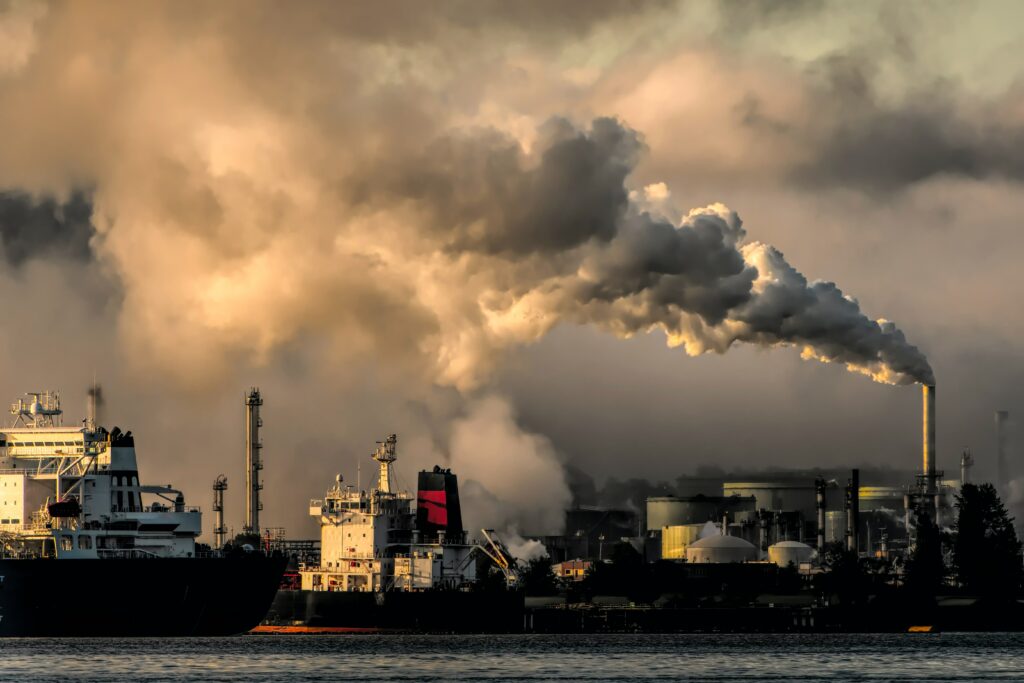Approaching the IEA Report
A major boost favoring the decarbonization of global economies. A resounding challenge to a number of corporate and investors’ net zero strategies. In May 2021, the International Energy Agency indeed issued the Net Zero By 2050 report, detailing various measures to implement towards achieving carbon neutrality by 2050.
This report comes just 2 years after the IPCC demonstrated the abysmal gap in impacts between a 1.5°C and 2°C global warming trajectory. The IEA finally explains concrete actions for major energy-related sectors to limit global warming to 1.5°C. These notably include:
- An immediate halt to investments across new oil or gas fields and coal mines;
- An end of sales of gas-fired boilers for buildings from 2025 onwards;
- By 2030, 60% of car sales worldwide would have to be electric and air traffic will need to be stabilized at 2019 levels.
- From 2040 onwards, 50% of buildings will have to be retrofitted to become carbon neutral. Electricity generation will have to completely decarbonized, with solar and wind energy making up the majority of production; 50% of aircrafts that would continue to fly would have to run on low-carbon fuels.
- By 2050, over 85% of buildings would have to become low-carbon. Between 2020 and 2050, hydrogen production should be increased fivefold and gradually decarbonized in order to reach 100% green hydrogen.
Combining All Efforts For a Future Net Zero Society
All of this does not, however, fully address the elimination of all GHG emissions.
In addition, carbon sequestration efforts will have to be significantly increased. This, notably in relations to carbon capture and storage technologies or increasing forestry capacities to capture CO2. This report is bound to become a reference tool for any investor, corporation or regulator seeking to assess the climate strategies of economic players. From now on, any net zero pledge will have to be recalibrated, based on the conclusions of this IEA report.
In practice, this report produces a triple threat for economic players and investors to address by:
- First, taking full measure of their responsibility and impacts. This includes their outsourcing activities and the carbon footprint they typically externalize onto consumers;
- Second, questioning their economic models to justify offsetting activities, but only in the absence of a solid alternative;
- Third, anticipating the legal risk linked to lacking understanding or failing to acting ambitiously enough to meet what the IEA has so precisely documented.
Our team and community of 150+ experts operate across the G20 economies as well as Africa and South-East Asia. Together, they deliver a multi-disciplinary, cross-sectoral and contextual expertise to work on such sensitive and complex issues.
Author of several books and resources on business, sustainability and responsibility. Working with top decision makers pursuing transformational changes for their organizations, leaders and industries. Working with executives improving resilience and competitiveness of their company and products given their climate and human right business agendas. Connect with Farid Baddache on Twitter at @Fbaddache.




